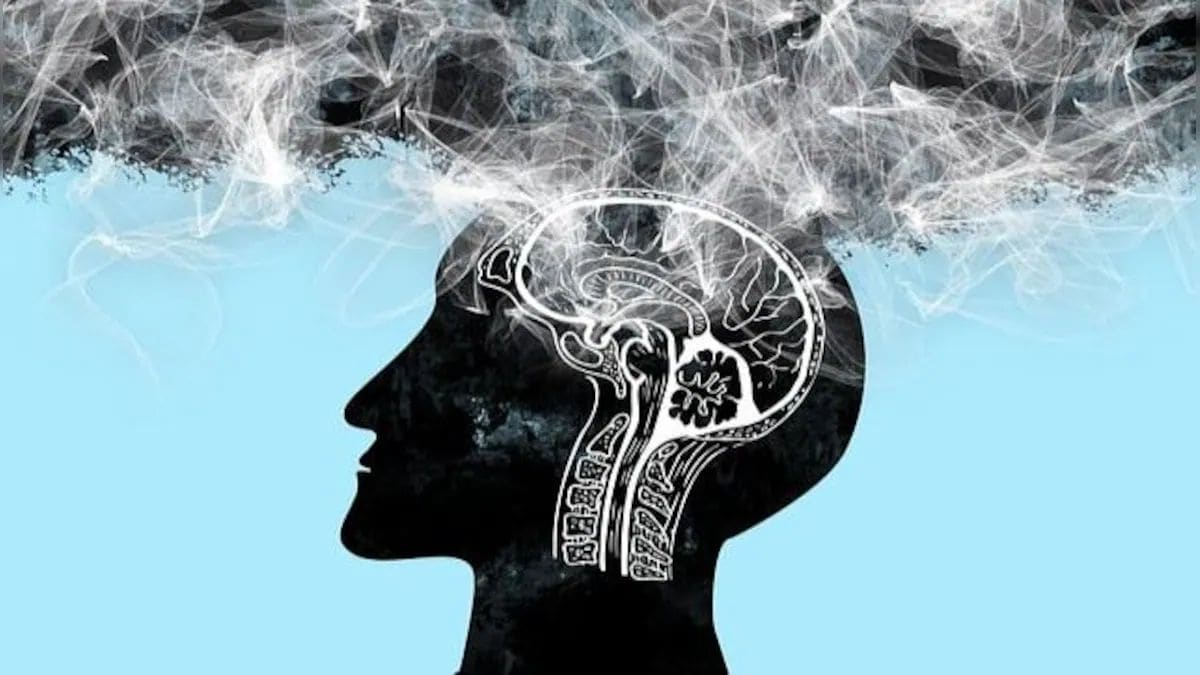Among the recent efforts is Robotics Cats, an AI start-up that has just been recognised as a “top innovator” by the World Economic Forum’s platform UpLink during its Annual Meeting of the New Champions in the mainland Chinese city of Dalian in June. Andre Cheung Wai-kin, the start-up founder, said his team had approached the sector in Hong Kong to explore joint partnerships to power conservation and habitat management with AI. With a system involving advanced surveillance cameras, users can detect wildfires and birds and conduct real-time habitat monitoring.
It consists of an automated wildfire detection tool that identifies early-stage wildfires through computer vision and deep learning, drawing from a myriad of more than 500,000 wildfire images. Similarly, the other AI bird detection system employs thousands of photos to identify species and conduct automated counting. To test it out, the company has partnered with a local conservation group since September 2023 in a 12-month pilot project to conduct AI-powered biodiversity management in wetland habitats in the New Territories.

The habitat was remotely monitored during the record black rainstorm warning last September. “We were glad that the roosting water birds appeared unharmed by the inclement weather,” Cheung said. “This experience allowed us to assess the system’s effectiveness in certain scenarios.
” The company also previously partnered with the World Wide Fund for Nature Hong Kong (WWF) in a 15-month project at the Mai Po nature reserve aviary paradise in May 2022. From the thousands of birds visiting the reserve, the endangered Black-faced Spoonbill, Great Egret and Little Egrets were among the species used for testing, all are common wintering Mai Po inhabitants. On January 24 last year, the system detected a wildfire at Kai Kung Leng in Lam Tsuen Country Park, which was extinguished the following day.
WWF wetlands research manager Carmen Or Ka-man, who led the project team, said AI could provide “immense opportunities to enhance conservation efforts.” “AI can identify species accurately, perform automated surveillance and process large data sets,” she said. “With this, we could allocate manpower for data review and interpretation.
” “Since some organisations face manpower shortages, the AI systems can assist in labour-intensive tasks such as doing field surveys and counting animals,” said Wang Yu-Hsing, associate head of the Hong Kong University of Science and Technology’s civil and environmental engineering department. Wang added that the AI system could also operate around the clock, maximising its efficiency in data collection and habitat monitoring. His team previously developed an AI bird-tracking system to monitor an egretry at Penfold Park in Sha Tin.
Other local initiatives are also harnessing AI for conservation and environmental protection. In June, Ocean Park Conservation Foundation announced it had run tests using drones and AI to monitor horseshoe crab populations in mudflats. “AI software analyses the images taken by drones and greatly helps identify newly hatched horseshoe crabs which measure less than 1cm,” said Cheung Siu-gin, associate professor of City University’s chemistry department and foundation collaborator.
In May, the Agriculture, Fisheries and Conservation Department (AFCD) announced plans to increase AI-assisted hill fire detectors in country parks. According to the department, about 233 hill fires were recorded inside or near country park areas between 2013 and 2023, endangering countless flora and fauna. Given the vastness of certain parks, an AFCD spokesman highlighted that AI could potentially reduce hill-fire threats through real-time automated monitoring.
However, the technology still has limitations. The remoteness of certain habitats may hinder stable power supply and telecommunications networks. Challenging environments can also affect AI animal detection, according to Andre Cheung.
“Essentially, accuracy suffers when the animals are not in full view. It can lead to misdetections and miscounts, affecting data collection,” he said. Founded in September 2019, Robotics Cats initially focused on hardware and software but shifted to software development during the pandemic, with government funding support.
Cheung said he believed government initiatives can promote technological development in conservation. “The government can create a platform for the private sector to discover innovative start-ups, fostering a win-win partnership,” he said. “Start-ups gain R&D funding, the private sector enjoys an interconnected ecosystem and the government receives solutions that may enhance environmental protection.
“We share a responsibility to protect nature, which requires everyone’s support. We believe technology can help achieve this goal.”.

















